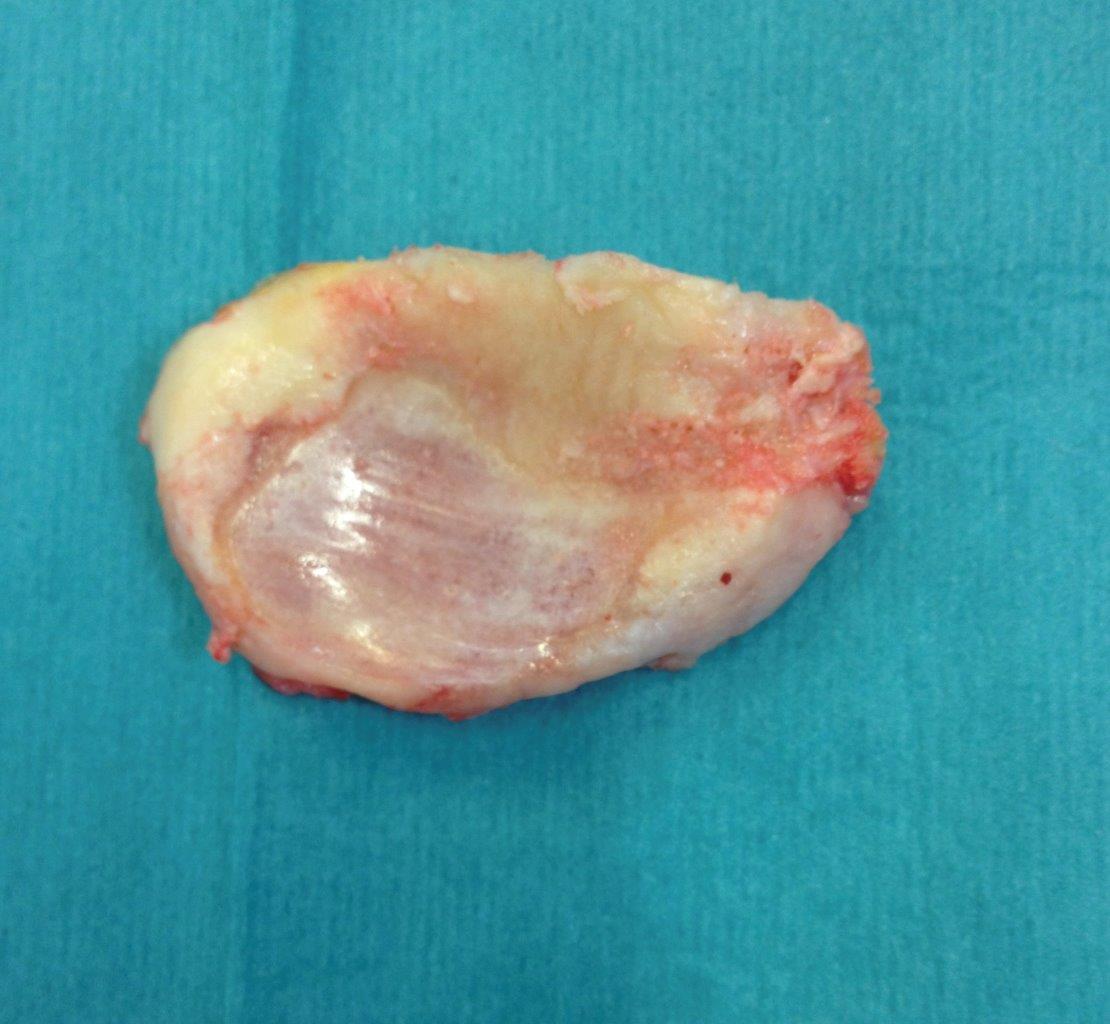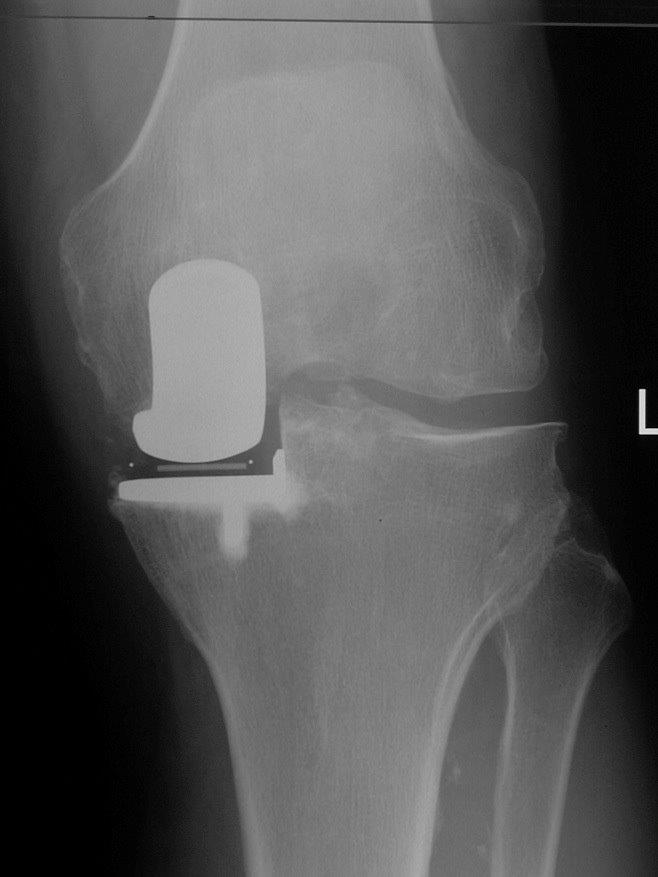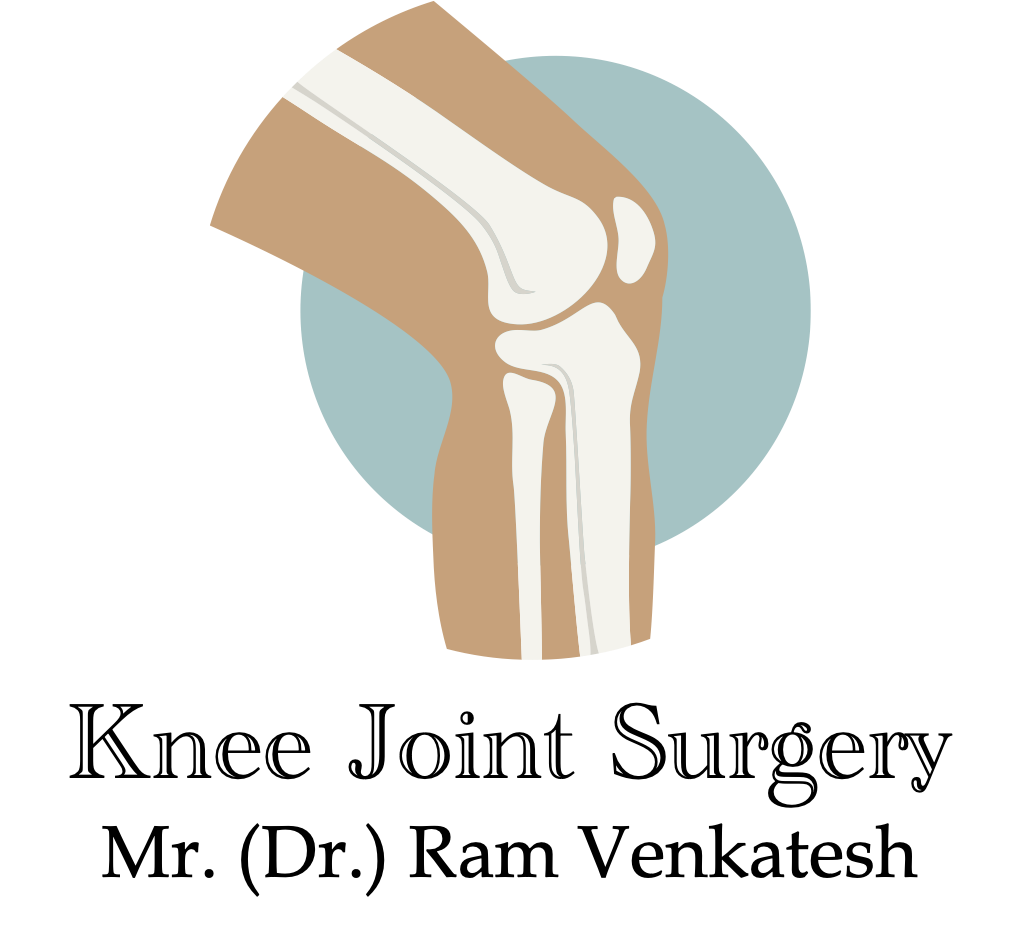Knee Replacement Partial and Total
Osteoarthritis of the knee mostly commences in the medial compartment of the knee and 30% of patients coming for knee replacements have disease involving only one compartment of the knee. The surgical treatment of arthritis involving one compartment of the knee remains controversial. It is well accepted that both full and partial knee replacements offer improvement in pain, function and knee society scores. Some studies report superior function in partial knee replacements. It is also known that a fifth of total knee replacements remain somewhat dissatisfied after surgery.
Total Knee Replacement
A total knee replacement involves all surfaces of the knee being replaced. The procedure involves excising both diseased and normal femoral condyles, the tibial plateau and often the patella. This is done through a large skin incision which provides easy access to the knee joint. Each component will be replaced with an artificial implant, which may be cemented in position.
Partial Knee Replacement
A partial knee replacement or UKR involves only the diseased area of the joint being replaced. The healthy compartment of the knee is retained and artificial implants are inserted in place of the diseased area. This is done via a minimally invasive surgical procedure.
There exists little evidence, however, to prove the clinical and cost-effectiveness of either management option and decisions on treatment tend to have a large personal opinion component of the surgeon. The TKR supporters believe that the operation is less complex than UKR and thus, in the short-term TKRs are less susceptible to early problems and failures. They also believe that in the longer term the joint disease will progress to the other, normal, compartments of the knee, thus a UKR will ultimately fail and require revision to TKR anyway. In contrast, the UKR supporters believe the UKR gives faster recovery, fewer complications, superior function, is more cost-effective than TKR , and it is associated with long-term survival of the joint.
- Weale AE, Murray DW, Baines J, Newman JH: Radiological changes five years after unicompartmental knee replacement. J Bone Joint Surg Br 2000, 82:996–1000.
- Khan OH, Davies H, Newman JH, Weale AE: Radiological changes ten years after St. Georg Sled unicompartmental knee replacement. Knee 2004, 11:403–407.
- Pearse AJ, Hooper GJ, Rothwell A, Frampton C: Survival and functional outcome after revision of a unicompartmental to a total knee replacement: the New Zealand National Joint Registry. J Bone Joint Surg Br 2010, 92:508–512.
- Baker PN, Petheram T, Jameson SS, Avery PJ, Reed MR, Gregg PJ: Deehan: Comparison of patient reportd outcome measures following total and unicondylar knee replacement. J Bone Joint Surg Br 2012, 94:919–927.
- Price AJ, Webb J, Topf H, Dodd CA, Goodfellow JW, Murray DW: Rapid recovery after oxford unicompartmental arthroplasty through a short incision. J Arthroplasty 2001, 16:970–976.
- Brown NM, Sheth NP, Davis K, Berend ME, Lombardi AV, Berend KR, Della Valle CJ: Total knee arthroplasty has higher postoperative morbidity than unicompartmental knee arthroplasty: a multicenter analysis J Arthroplasty 2012, 27:86–90.15. Hassaballa MA, Porteous AJ, Newman JH: Observed kneeling ability after total, unicompartmental and patellofemoral knee arthroplasty: perception versus reality. Knee Surg Sports Traumatol Arthrosc 2004, 12:136–139.
- Willis-Owen CA, Brust K, Alsop H, Miraldo M, Cobb JP: Unicondylar knee arthroplasty in the UK National Health Service: an analysis of candidacy, outcome and cost efficacy. Knee 2009, 16:473–478.
- Newman J, Pydisetty RV, Ackroyd C: Unicompartmental or total knee replacement. The 15-year results of a prospective randomised controlled trial. J Bone Joint Surg Br 2009, 91:52–57.


